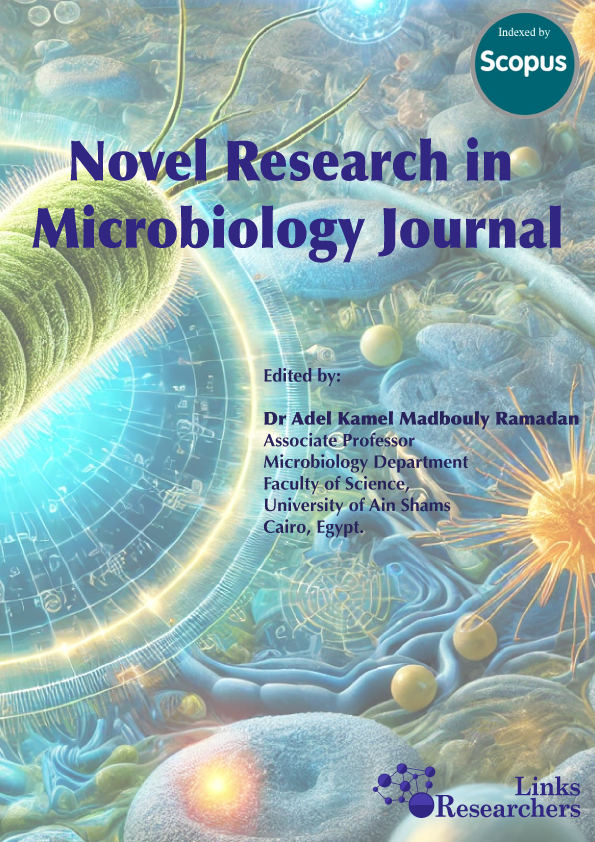Tomato is one of the most widespread vegetable crops in Egypt, which has a wide
variation of cultivars. Tomato bacterial speck caused by Pseudomonas syringae pv. tomato is
one of the most important tomato bacterial diseases. This study aimed to isolating and
identifying P. syringe pv. tomato from infected tomato plants in Egypt, and investigate the
tomato plants reaction towards the Egyptian bacterial strain, which the tomato cultivars or
hybrids have low sensitivity to it. Currently, the Egyptian tomato plants exhibited typical
symptoms of tomato bacterial speck disease. The isolation and identification experiments
resulted in the recovery of typical isolates of P. syringae pv. tomato. The pathogenicity of the
bacterial isolate was confirmed by molecular identification through detection of coronatine
production and 16S rDNA analysis. The obtained nucleotide sequence was deposited at
GenBank with accession no. OQ117369.1 and designed as P. syringae pv. tomato strain Pst1-
MAS. The tomato plants only produced the typical bacterial speck symptoms among the tested
solanaceous and cruciferous plants. The tested tomato plants exhibited variation in disease
severity against P. syringae pv. tomato strain Pst1-MAS using a lot of disease severity scales.
The tomato cultivars VFN-8 and Peto 86 were sensitive to infection with severe symptoms,
while the tomato cultivars Super Marmande and Edkawy expressed relatively low symptoms.
According to the results of disease severity; depending on the mean of bacterial speck
symptoms, the tested plants were divided into high; moderate, low sensitive, and resistant. The
related defense enzyme activity was correlated inversely with the disease severity for some of
the tested tomato plants.





